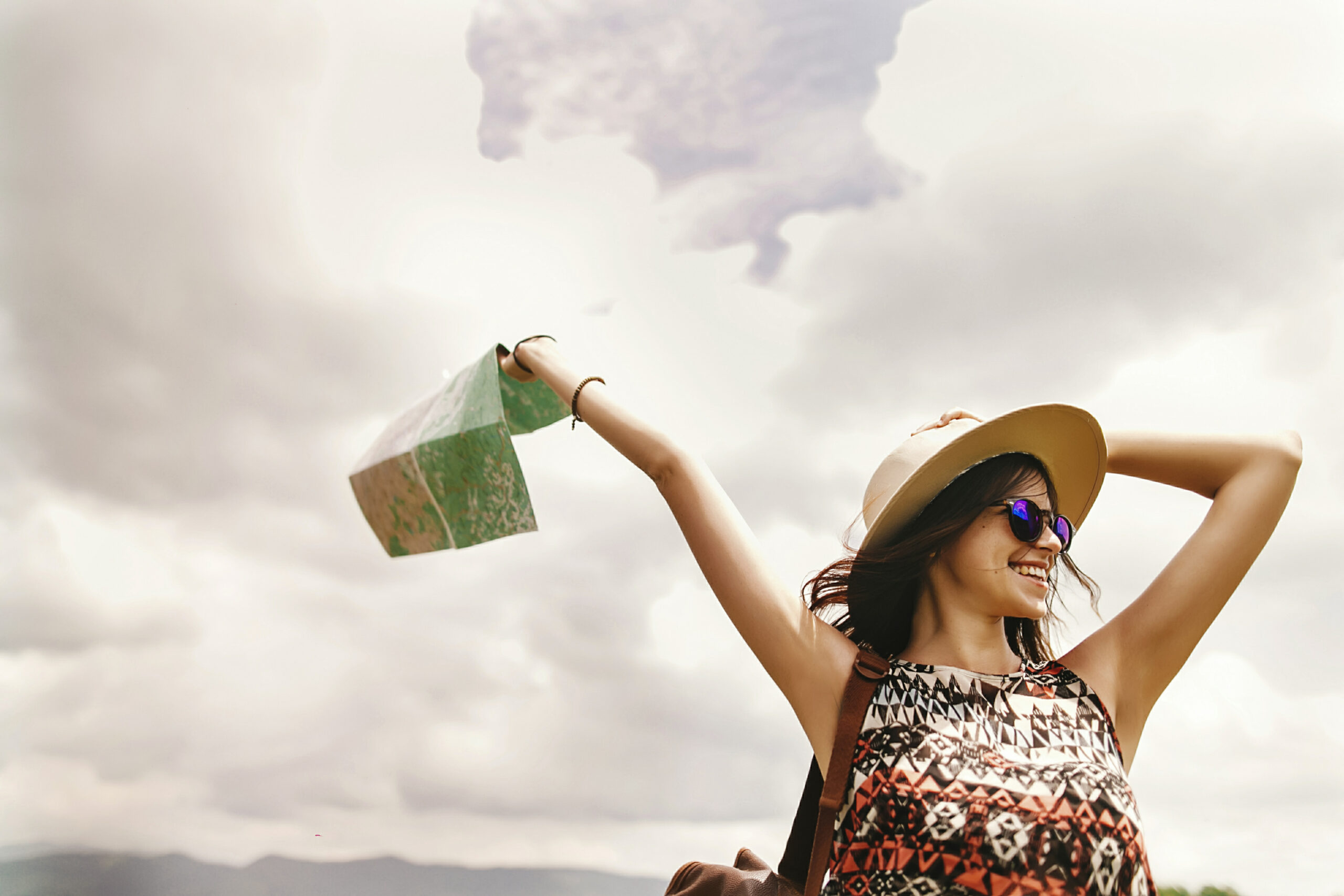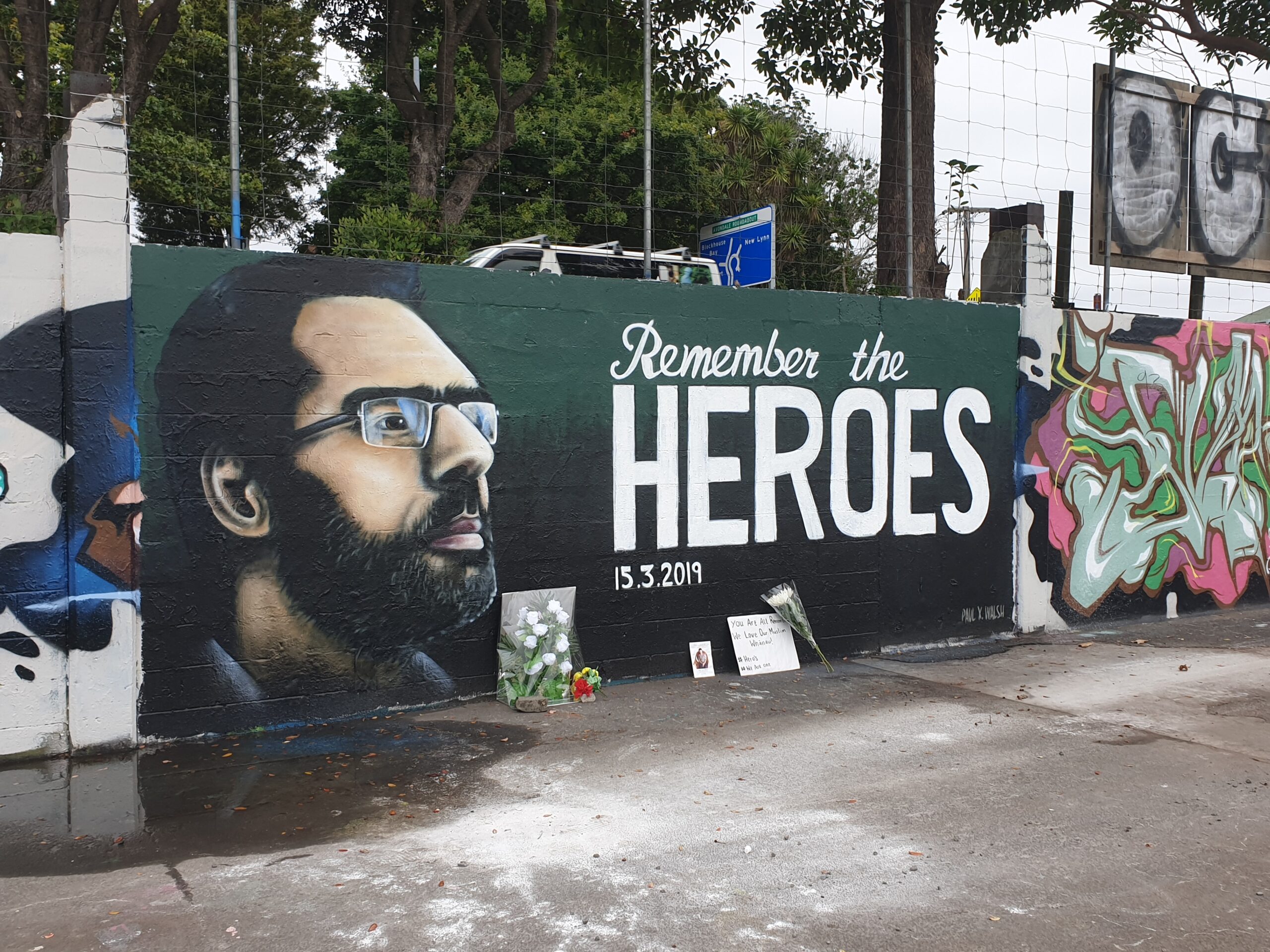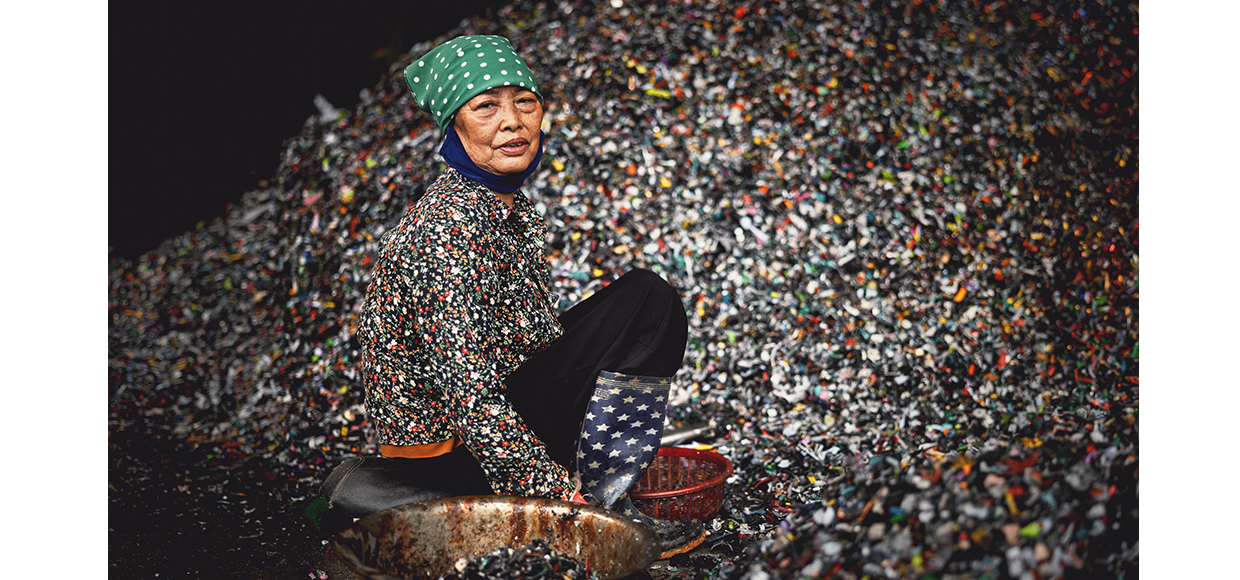From issue 58.
Choosing how you travel, and who you travel with, can make a tangible difference for the environment and vulnerable communities.
One of the joys of being alive on this planet is the adventure of travel – discovering new places and cultures, and trying different things.
Today, more people than ever are travelling: there were 1.24 billion international arrivals across the world in 2016, compared to 25 million in the 1950s, says the World Economic Forum (Travel and Tourism Competitiveness Report 2017).
Since the 1980s, air traffic has doubled every 15 years, a trend that is expected to continue. Nearly four billion people travelled by plane in 2016, a number that is expected to reach 7.2 billion by 2035.
Of course, this has repercussions on the environment and local communities, so it is fitting that 2017 was the International Year of Sustainable Tourism for Development. In June 2017, nearly 1000 experts from more than 80 countries convened for three days in the Philippines to lay the groundwork for an expanded statistical framework to measure sustainable tourism in its economic, social and environmental dimensions.
Industry leaders and policy makers also convened in Kazakhstan to discuss how the tourism sector could contribute to reducing carbon emissions; Airbnb launched a €5 million Community Tourism Programme to fund innovative European projects that promote sustainable tourism.
While global climate agreements are still in the process of being implemented, the travel and tourism industry has taken active steps to reduce its impact on the environment, and plans to continue doing so while implementing better measurement tools.
In addition to bringing leaders from across the sector together to advance dialogue on these issues, the aviation industry, through the International Air Transport Association (IATA), has set clear targets to reduce carbon emissions 50 per cent (from 2005 levels) by 2050.
Locally, Air New Zealand has turned to electricity to power its aircraft while on airport gates, a move that is expected to reduce carbon emissions by more than 4500 tonnes each year.
Traditionally, on-board systems such as air conditioning and lighting are powered by an Auxiliary Power Unit (APU), a small jet engine in the tail of the aircraft, when on the ground. This consumes jet fuel and generates carbon emissions. Now APUs are increasingly being switched off and aircraft plugged directly into electrical power at both Auckland and Christchurch international airports, and the airline is currently in talks with Wellington airport to adopt similar processes.
It has also tackled the issue of in-flight waste from international services. Working with LSG Sky Chefs and the Ministry for Primary Industries, the waste reduction initiative Project Green has enabled 40 Air New Zealand in-flight products, which were previously sent to landfill due to biosecurity controls, to be reclassified so they can be reused on future flights if removed from aircraft sealed and untouched. This move alone is expected to divert 150 tonnes of waste from landfill annually.
While air travel, which produces two per cent of greenhouse gases each year, will account for a bulk of an individual’s ecological footprint, it pales in comparison to agriculture – especially the meat industry, where the numbers are at least 10 times that of air travel, says Soneva CEO and co-founder Sonu Shivdasani.
Shivdasani is a strong advocate of the overall positive impact of travel and tourism, and the key role it plays in conservation. When he and his wife Eva opened their first Soneva resort in 1995, they had a clear purpose. “We wanted to create a hideaway that would satisfy our desires for a dream destination for those who liked to travel in luxurious style. We also had this overwhelming desire to protect the environment,” Shivdasani says.
The guiding principle at Soneva’s three resorts, located in the Maldives and Thailand, is creating SLOW LIFE (sustainable, local, organic, wellness, learning, inspiring, fun, experiences) for its guests.
“In today’s society, luxury translates into peace, time and space. It is about the sand between the toes and dinner under the canopy of a billion stars, about reconnecting with oneself and the natural environment,” he says.
Soneva has demonstrated how sustainable materials can have a great aesthetic. It also charges a mandatory two per cent carbon levy to guest bills, and has stopped using branded bottled water, instead serving water that’s filtered, mineralised, alkalised and bottled on site in reusable glass bottles. A “significant proportion” of the revenue from its water sales fund the work of charities including Water Charity and Thirst Aid.
Closer to home, Cordis Auckland (formerly known as Langham Auckland) was the only luxury hotel in Australasia to achieve EarthCheck Platinum status in 2017. It is currently investigating installing a water-bottling plant so it can eradicate single-use plastic bottles, and also assessing the potential for using solar power. It provides e-bikes for guests to get around the city, and has rooftop beehives.
“Sustainability is good for everyone: employees, guests and the environment,” says Cordis Auckland managing director Franz Mascarenhas. “It’s also important for New Zealand tourism because it positions us as a premium eco-destination.”
Changing the world through travel
Wealth distribution is at the forefront of what ethical travel company G Adventures does. They aim to provide travellers with an authentic experience, and the knowledge that their actions will have a positive impact.
Leading a tour group through Tibet in 1997 inspired Bruce Poon Tip to fundamentally change the structure of G Adventures, which he founded in 1990.
“I saw a country that was spiritually guided and made decisions based on what they felt, as opposed to what data showed them,” Poon Tip explains. “It really changed the way I thought about business specifically, and that business could be a force for good, and emotionally how important people are and what drives human happiness.”
In 2003 G Adventures created the Planeterra Foundation, a non-profit arm to work with the communities interacting with their travellers. Today the Planeterra Foundation has worked with local organisations to set up more than 50 community projects around the world, including:
· The Ccaccaccollo Women’s Weaving Co-op in Peru, which provides income for the women as well as keeping traditional crafts alive.
· Women on Wheels in India, which provides training and employment as drivers for women from resource-poor communities.
· New Hope Cambodia, which runs a kitchen training centre for women who have been involved in the sex industry and human trafficking, as well as supplying free medical care and schooling for their children.
The foundation is now looking to expand Women on Wheels into Johannesburg and Nairobi. Today G Adventures runs tours in more than 100 countries, and recently added the Local Living Programme to its offering, where travellers can stay with the locals in places ranging from the Amazon rainforest to a rustic farm in Croatia.
“We define ourselves as a social enterprise,” says Poon Tip. “Even though we are first and foremost committed to our customers, we are a firm believer that travel can be a force for good. People are travelling in the poorest countries in the world but the money is not staying in the local economy and we believe, if done right, travel could be one of the greatest forms of wealth distribution that the world has ever seen.
“We believe through travel and what we do, we are able to have an impact on social issues, whether it’s wealth distribution, education, creating local jobs, creating local benefit… we want to make sure that the local people are as successful as we are as we grow.”







